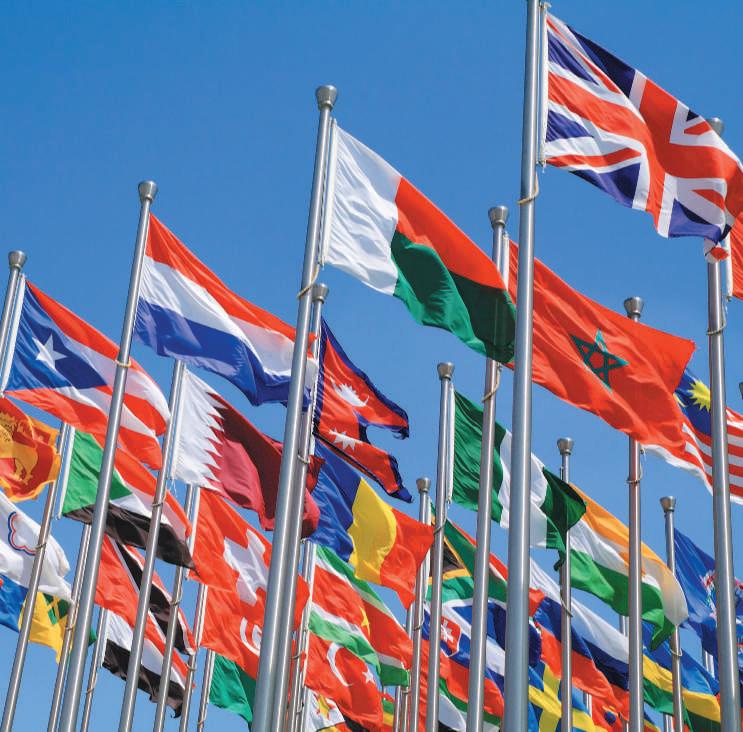128
C ha p te r 5 T he C u lt u r al E n v i r on m ent
this construct was found for Germanic Europe. Germanic Europe, Anglo, and Southern Asia scored highest on performance orientation, whereas Eastern Europe contained the lowest level. Eastern Europe ranked first on gender egalitarianism, the Arabic bloc lowest. Germanic Europe had the highest score on assertiveness; Eastern Europe had the lowest.9
5-3d Gannon’s Cultural Metaphors Martin Gannon believes that it is extremely difficult for executives of companies conducting business overseas to learn much about the cultures of a number of countries through “do’s” and don’ts.” He suggests that it would be more productive for international executives to gauge a specific culture by using an image (“metaphor”) that depicts how people in a specific culture think and behave. Some examples of his metaphors are:
• •
French wine—Purity; classification; composition; compatibility; maturation
•
British house—Laying the foundation; building the brick house; living in the brick house10
German symphony—Orchestra; conductors; performance; society; education and politics
R e a l i t y C h e c k LO3 Choose a country with which you are unfamiliar and research its rankings on Hofstede’s dimensions. What specific business practices would you expect to find in that country based on the rankings? Read some business literature about that country and see whether your expectations are fulfilled.
LO-4 Identify the primary and secondary sources that can be used to learn about foreign countries’ cultures.
5-4 Sources of Cultural Information Companies considering conducting business overseas and those already doing business abroad, have a number of sources they can access to learn more about the culture of various foreign countries. Some of the primary sources are talking to employees who have lived or worked abroad, executives who have traveled to other countries, training programs, and consulting firms. Persons who may be about to undertake an international assignment can be exposed to cultural idiosyncrasies in which they are asked how they would handle various cultural traits that might occur in their assigned countries. Various secondary sources are very helpful. These include:
•
The U.S. Department of Commerce Country Commercial Guide provides cultural information for 133 countries.
•
The Economist’s Intelligence Unit contains the same type of information on 180 countries in its Country Reports.
•
Culture Grams, from Brigham Young University’s Center for International and Area Studies, describes customs existing in 174 countries.
•
Craigshead’s International Business, Travel, and Relocation Guide to 84 Countries gives cultural information for these nations.
•
Price Waterhouse Coopers Doing Business in 118 Countries contains useful information about 118 countries.
Copyright 2017 Cengage Learning. All Rights Reserved. May not be copied, scanned, or duplicated, in whole or in part. Due to electronic rights, some third party content may be suppressed from the eBook and/or eChapter(s). Editorial review has deemed that any suppressed content does not materially affect the overall learning experience. Cengage Learning reserves the right to remove additional content at any time if subsequent rights restrictions require it.







































